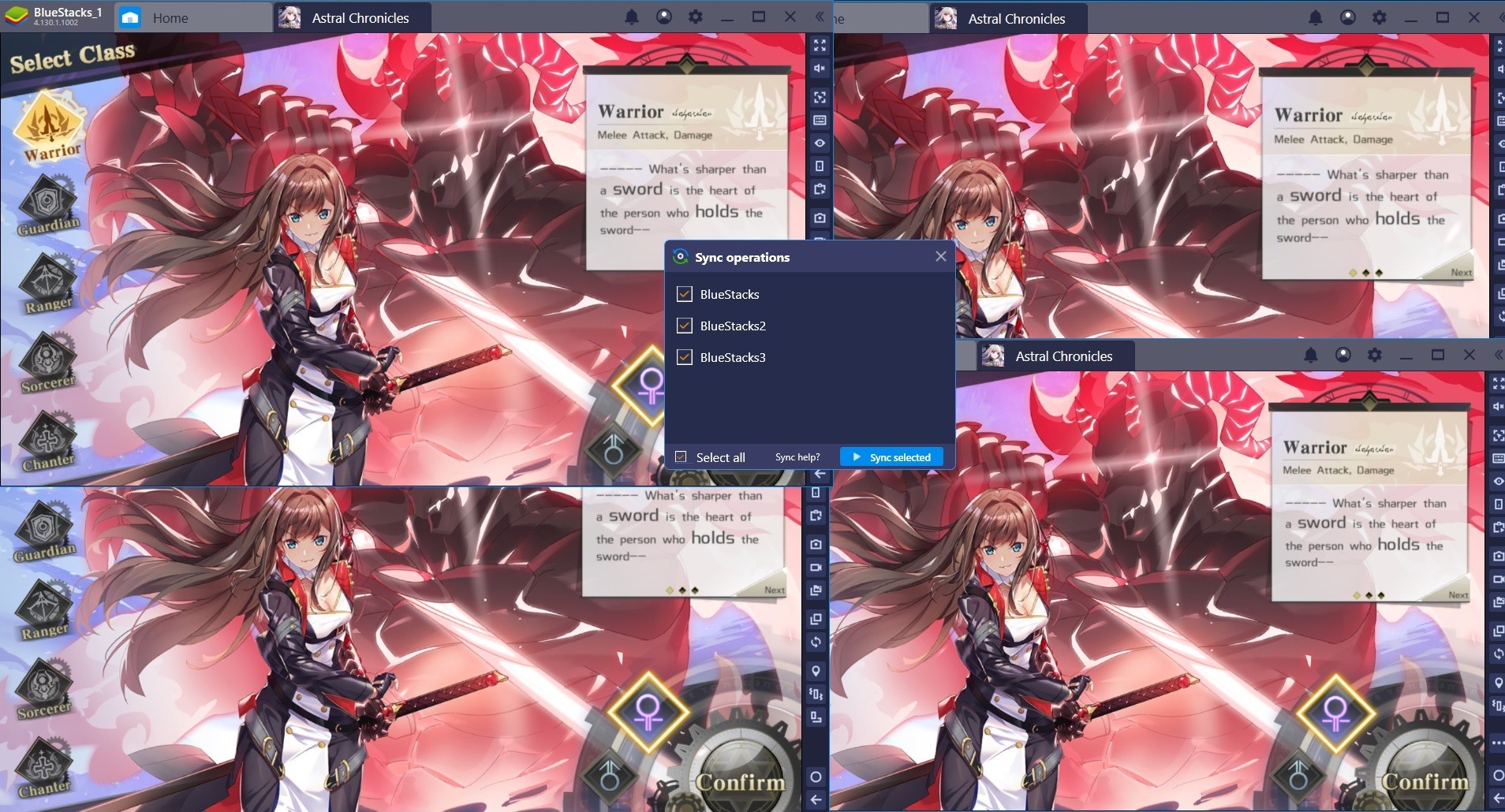| File Info | Description |
|---|---|
| File Size: | 202 kB |
| File Modification Date/Time: | 2019:10:29 15:14:58+00:00 |
| File Type: | Win32 EXE |
| MIME Type: | application/octet-stream |
| Machine Type: | Intel 386 or later, and compatibles |
| Time Stamp: | 2019:10:07 13:32:06+00:00 |
| PE Type: | PE32 |
| Linker Version: | 48.0 |
| Code Size: | 75264 |
| Initialized Data Size: | 122880 |
| Uninitialized Data Size: | 0 |
| Entry Point: | 0x144e2 |
| OS Version: | 4.0 |
| Image Version: | 0.0 |
| Subsystem Version: | 4.0 |
| Subsystem: | Windows GUI |
| File Version Number: | 4.140.2.1004 |
| Product Version Number: | 4.140.2.1004 |
| File Flags Mask: | 0x003f |
| File Flags: | (none) |
| File OS: | Win32 |
| Object File Type: | Executable application |
| File Subtype: | 0 |
| Language Code: | Neutral |
| Character Set: | Unicode |
| Company Name: | BlueStack Systems, Inc. |
| File Description: | BlueStacks MultiInstance Manager |
| File Version: | 4.140.2.1004 |
| Internal Name: | HD-MultiInstanceManager.exe |
| Legal Copyright: | Copyright 2011 BlueStack Systems, Inc. All Rights Reserved. |
| Product Name: | BlueStacks |
| Product Version: | 4.140.2.1004 |


✻ Portions of file data provided by Exiftool (Phil Harvey) distributed under the Perl Artistic License.
Open Bluestacks Multi Instance Manager
BlueStacks 3 - Multi Instance Manager designed by Taroon Tyagi. Connect with them on Dribbble; the global community for designers and creative professionals. Download and Install BlueStacks on your PC. Launch the emulator and, once loaded, open the Instance Manager by pressing Ctrl + Shift + 8. Click on “New instance” on the bottom right, and select Fresh Instance Pie 64-bit. Assign enough resources to the new instance for it to run adequately. Details: Jan 27, 2021 Bluestacks is one of the most popular emulators that allows you to run Android. Open the Multi-Instance Manager by clicking on. You can run multiple instances of apps natively on your Mac. Simply open Terminal, then type: open -n -a BlueStacks.app. To type it again easily, hit the Up Arrow, then hit Enter. Do this as many times as you please. If you can't find your Terminal on your Mac, hit Command+Space, then search for Terminal and select it from the list.